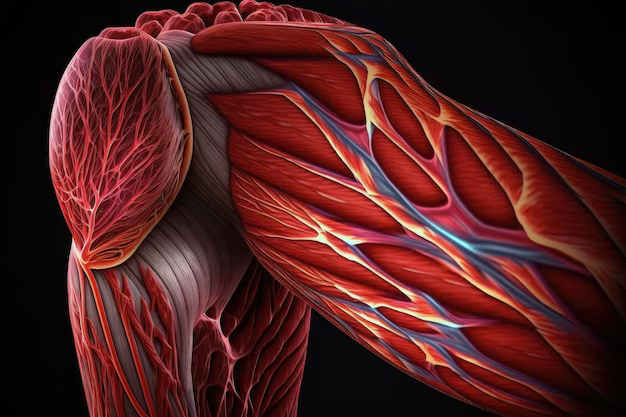Muscle artifacts in EEG recordings can manifest in various forms and originate from different muscle groups or sources.
1. Surface
Electromyography (EMG) Artifact:
o Description: EMG artifacts
result from electrical activity in muscles near the recording electrodes.
o Characteristics:
§ High Amplitude: EMG artifacts
often have higher amplitudes compared to brain-generated signals.
§ Frequency: Typically
exhibit higher frequencies, especially during muscle contractions.
§ Localization: Can occur in
regions with underlying muscles, such as the frontalis and masseter muscles.
2. Glossokinetic
Artifact:
o Description: Artifact
related to movements of the tongue muscles.
o Characteristics:
§ Location: Typically
affects electrodes near the mouth or tongue region.
§ Amplitude: May vary
depending on the intensity of tongue movements.
3. Photomyogenic
Artifact:
o Description: Artifact caused
by light-induced muscle contractions, often seen in response to flashing lights
during photic stimulation.
o Characteristics:
§ Triggered
Response:
Occurs in response to specific visual stimuli.
§ Frequency: Can exhibit
rhythmicity based on the frequency of the light stimulation.
4. Photomyoclonic
Artifact:
o Description: Artifact
resulting from light-induced muscle jerks or twitches.
o Characteristics:
§ Sudden Movements: Manifests as
abrupt muscle contractions in response to light stimuli.
§ Intermittent: Typically seen
during or after exposure to specific light patterns.
Understanding the
different types of muscle artifacts and their characteristics is essential for
EEG interpretation and artifact identification. Proper recognition and
differentiation of muscle artifacts from genuine brain activity help ensure
accurate clinical assessments and diagnoses based on EEG recordings.


Comments
Post a Comment